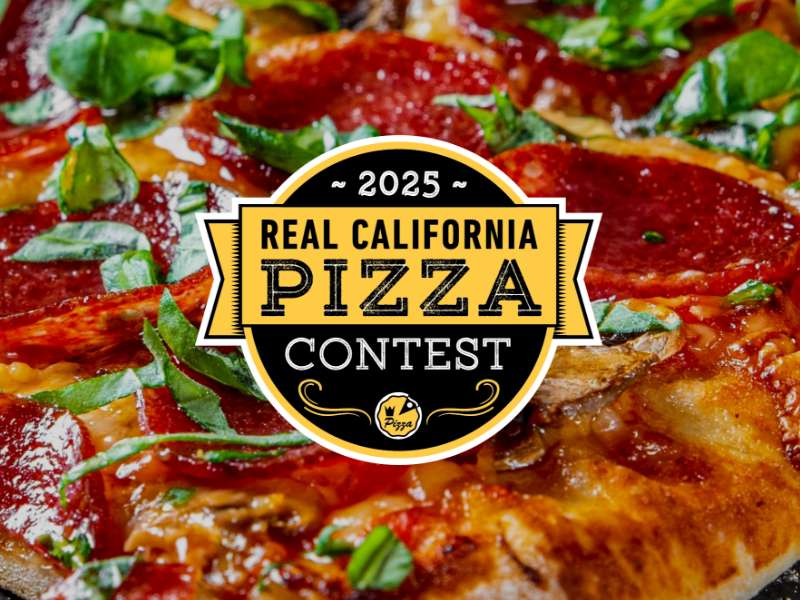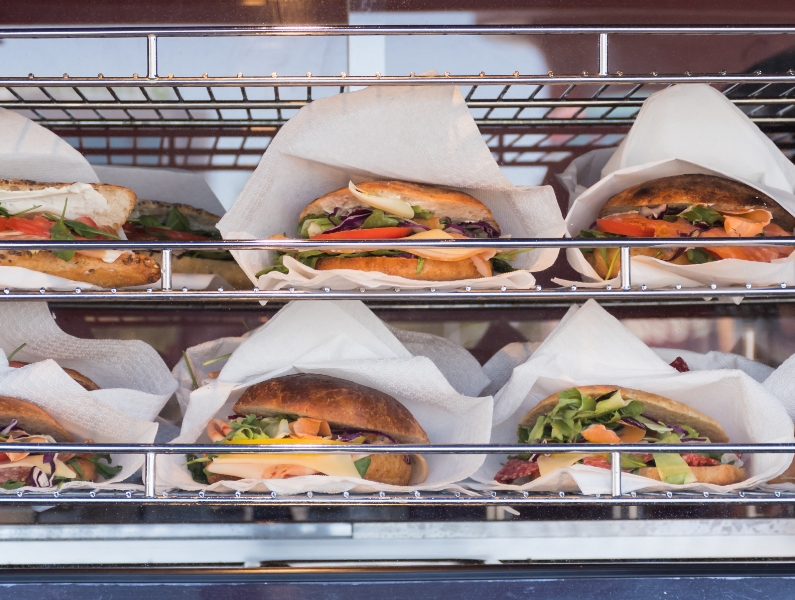“Portion control is the HEARTBEAT of controlled food cost and profit for the operator.” – Chef Lonnie Varisco
Portion sizes are evolving as restaurants respond to shifting diner expectations, balancing profitability with guest satisfaction. Today, achieving the right-sized portion is about more than just plate presentation — it’s about addressing health-conscious dining habits, sustainability concerns, and changing preferences for shareable and customizable meals.
Here’s a look at the latest trends shaping portioning strategies and how you can optimize your approach to meet modern demands without losing business.
Trends in Portioning
Diners today are seeking a more thoughtful approach to portion sizes, driven by health awareness, dietary preferences, and environmental consciousness. As a result, several key trends have emerged:
- Smaller, Shareable Plates — The rise of tapas-style dining and shareable appetizers reflects a preference for variety and social dining experiences. Guests enjoy the ability to try multiple flavors without overcommitting to a single dish.
- Balanced Protein Portions — Restaurants are adjusting protein servings to align with health and sustainability goals. Lean proteins and plant-based alternatives are increasingly featured in portioned dishes, catering to those looking for lighter, nutrient-dense meals.
- Value-Driven Offerings — While some diners seek smaller portions, others equate value with larger servings. Consider family-style platters and generously portioned entrées, ensuring a balance between perceived value and cost control.
Customization and Flexibility
According to Performance corporate chef and director of foodservice business development, Lonnie Varisco, “A diner's first experience with a dish is its visual appeal when it is presented at the table. The right portion size ensures they see the value in what they ordered.”
In today’s hospitality industry, personalization is a game-changer. Providing options that cater to different appetites and dietary needs can help to enhance the dining experience. Some effective strategies include:
- Adjustable Portion Sizes — Offering half-portions or mix-and-match selections enables guests to control their intake while allowing the kitchen to maximize ingredient usage. And larger, family-style platters are great for accommodating a mix of hunger levels at the same table.
- Protein Choice and Side Pairings — Customizable meals with multiple portion sizes or a choice of plant-based and traditional proteins appeal to a broad audience and help optimize inventory management.
Operational Considerations
“By lowering portions, operators can help maintain current menu prices while controlling food cost and profit,” said Chef Lonnie. Achieving the right portion size isn’t just about diner satisfaction; it’s also about maintaining food cost efficiency and minimizing waste.
Selecting high-quality, pre-portioned products ensures consistency in serving sizes, reducing prep time and food waste. “Our cut houses can customize Braveheart® Black Angus Beef or Allegiance® Duroc Pork. Bay Winds® and Empire’s Treasure® seafood offer a range of portion options, as do Piancone® and Roma® veal and lamb. West Creek® poultry and burgers are other great solutions for portion control,” Chef Lonnie noted. These options take the guesswork out of portion control.
Adjusting portions to prevent waste helps both the bottom line and sustainability efforts. Servers often notice excess food being discarded from plates, and by encouraging them to relay this to management, you can make changes that accurately reflect your audience.
“When making portion changes, consider using different plateware sizes or cutting proteins on a bias [against their natural grain] to fan them out. Placing a smaller fish filet on top of vegetables or starch adds height and improves presentation,” Chef Lonnie explained. Switching the size and shape of plateware can also create the illusion of a larger portion without increasing product use.
By embracing modern portioning trends and operational strategies, you can enhance profitability while delivering the experiences diners crave. The right portion size isn’t just about what’s on the plate — it’s about aligning with today’s dining habits, maximizing efficiency, and creating a menu that works for both the business and its guests.



